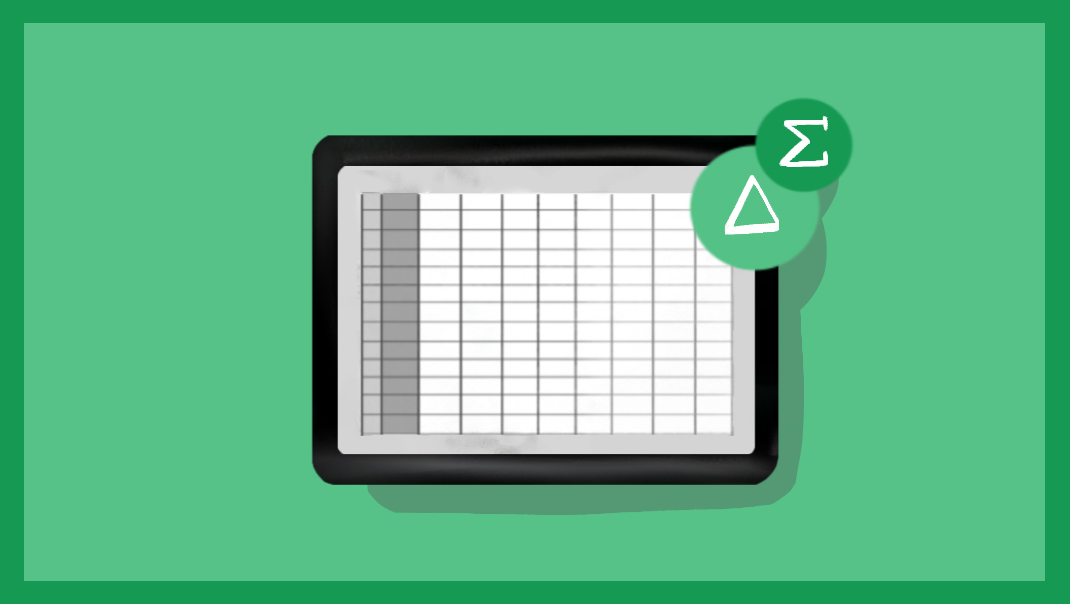Survey Promotion: How To Increase Response Rates
Definition: Survey promotion is the process of spreading surveys through different channels to encourage more responses and participation. It involves placing them on website properties and various social media platforms, launching targeted email campaigns, paid ads, and collaborating with external websites.
Whether it’s market research or customer feedback, surveys have an immense impact on understanding your audience and decision-making. However, you won’t receive the responses you need without effective promotion.
What percentage of people typically respond to surveys? Response rates vary depending on the survey channel, engagement, and length. The average varies between 5% and 30%, but with the right tactics, achieving a higher percentage is entirely possible. Keep reading to explore how you can increase the response rate of your next survey.
Design An Engaging Survey
Survey design is the first and the most crucial step to increasing response rates because it directly impacts participants’ willingness to complete the survey. Even with extensive outreach, a poorly designed survey leads to high abandonment rates.
Creating an engaging survey involves crafting compelling messages, providing incentives, and ensuring the promotion’s relevance. Let’s explore each aspect before moving to the survey distribution tips.
Use The Right Messaging
Your audience receives plenty of marketing messages daily, and your survey is just one of them. Therefore, clearly communicating your message is crucial for success. Here are some things to consider:
- Expressing appreciation and stressing the importance encourages people to join your survey. Explain how their feedback will help refine your products and services. A well-crafted introduction sets the tone and motivates participants to complete the survey.
- To keep respondents engaged throughout the process, use multiple question types. These include multiple-choice, rating scales, and open-ended questions. You can use survey templates to get started.
- Using testimonials or success stories from past surveys can motivate new respondents. Demonstrating how previous participants have influenced positive changes can inspire others to contribute.
- Sharing survey results with respondents is a great idea. It shows transparency and accountability.
Provide Incentives
A survey incentive is a thank-you gesture to respondents who took the time to provide you with crucial data. People Pulse researched that response rates can soar past 85% (about 43 responses for every 50 invitations sent) when the respondent is motivated and the survey is well-executed.
Consider adding attractive incentives. Tailor them to your audience’s preferences to improve your future promotion. This could involve offering product discounts, access to exclusive content, gift cards, or exciting prize draws that pique their curiosity. By doing so, you encourage a sense of appreciation and engagement.
When your survey prominently features your brand, offering incentives becomes particularly crucial. The survey is likely on your digital platforms and associated with your brand, so it largely affects your brand image. To keep a consistent brand identity, think about design, colors, and logos.
Unfortunately, incentivizing surveys has drawbacks as well. People might rush through your survey just to get a reward. So, try to track response patterns and use measures to identify rushed answers.
Keep It Relevant
To keep your survey relevant, it’s essential to focus on the following:
- Incorporate a screening question to filter respondents for relevancy. For instance, in a survey about TikTok ads, start with: “Do you use TikTok?” If the answer is “No,” end the study there, thanking them for their time. This approach ensures that you only gather valuable feedback from actual users of TikTok or those familiar with TikTok ads.
- Personalized survey invitations must address recipients by name and relate to their interests. This can significantly encourage participation. You can craft customized emails for existing customers and potential respondents using cold email tools. Automation tools like MailChimp or Hubspot can streamline and scale this process.
- Keep your survey short. The chance of respondents abandoning it rises with each extra question. Surveys that exceed 15 questions tend to see higher drop-off rates. So, aim for brevity and focus only on essential questions to maintain this engagement. Providing clear instructions and an estimate of completion time also helps reduce drop-off rates.
Consider Visual Elements
It’s worth saying a few words about the visual component of your survey. The visual appeal can greatly influence the user experience and response rates. If you plan to include multimedia elements like videos, you can use tools that allow you to edit videos online easily. Additionally, using a live transcoder can help adapt the video quality to various devices in real time.
Many users access surveys on their mobile devices, so making your surveys mobile-friendly can significantly increase completion. Design surveys that are easy to navigate and read on smaller screens to prevent potential frustration and drop-out.
Consider using eye-catching visuals like images, icons, and color combinations. These elements can capture participants’ interest, making the survey more stimulating. You can utilize various digital tools and AI for this purpose, especially if you don’t have the needed budget to hire a graphic designer. For example, an AI art generator can generate images that reflect the survey’s themes or questions in mere seconds.
Distributing Your Survey
Now, let’s move to the distribution of your survey. A broad outreach is important to increase response rates. In the next section, we will discuss the key channels and tactics you should consider to effectively promote your survey.
Choose the Right Channel
Selecting a suitable promotion channel for a survey is vital because it targets respondents who are most relevant and interested, thus enhancing the quality and reliability of the data collected.
Survey promotion usually starts with the website as a prime venue for advertising since it is free and totally controlled by the website owner. Marketers incorporate survey prompts across multiple website properties, such as:
- Key web pages: the homepage, landing pages, and frequently visited static pages like FAQs and “Contact Us.”
- Content: links in blog posts, evergreen content, reports, and whitepapers.
- Web elements: call-to-action (CTA) buttons, page openers, sliders, QR codes, and large images.
Besides website properties, there are also other owned channels you can use to place your surveys:
- Email Lists: Utilize your subscriber or customer email lists to directly reach a targeted audience who already have an interest in your organization.
- Social Media Accounts: Leverage your organization’s presence on platforms like Facebook, Twitter, LinkedIn, Instagram, and others if you manage social media accounts.
- Mobile App: If your organization has a mobile app, you can promote the survey through push notifications or in-app messages.
- Internal Newsletters: A great way to distribute surveys for employees, stakeholders, or partners.
Run Paid Ads
If your budget allows, consider investing in targeted survey advertising. You can place survey ads within apps and browsers or use display ads on websites and in browser search results. Proper targeting ensures that your survey reaches the right people at the right time.
Other channels for PPC campaigns include social media platforms like Facebook, Instagram, YouTube, Pinterest, and LinkedIn. They allow you to create ads in various formats, such as static images, engaging videos, and interactive stories. Additionally, using carousel ads on platforms like Instagram and Facebook can showcase multiple aspects or questions of your survey.
To maximize your chances of success, it’s essential to diversify your efforts to promote a survey across multiple channels. Each channel has unique advantages, and when used together, they can increase survey participation.
Use Referral And Influencer Marketing
Another way to expand your reach is to form partnerships with businesses that serve the same target audiences. By joining the referral program, you tap into shared networks, boosting visibility and participation. If you create an affiliate program, you can further maximize your exposure by leveraging others’ networks to promote your products or services.
Contact popular websites and blogs relevant to your industry for collaborations. You can co-promote surveys with business partners and their customers. Pitch your research as part of joint projects like a media collaboration. This is a less-used route to survey advertisement, but it’s more creative and can yield great results.
Also, engage influential figures, like industry experts or trusted influencers, who endorse your survey. They can do so authentically and lend credibility. Influencers can organically increase attendance at your event, blogs, websites, etc. by doing so with authenticity and bringing credibility.
Harness The Power Of Data
Regardless of the channel you use to promote your survey, make sure to collect and analyze your campaign performance data. This will help you understand what works best and refine your strategies for future surveys.
For example, if you’re running paid ads as part of your survey promotions, track PPC campaign performance and analyze metrics such as click-through rate (CTR), cost per click (CPC), and conversion rate. By understanding these metrics, you can optimize your ad spend and improve the overall effectiveness of your survey campaigns.
Implement A/B testing to compare different ad creatives, headlines, and targeting options to see which variations perform better. This iterative approach will allow you to identify the most effective elements of your ads and continuously enhance your campaign strategies.
Consider leveraging user behavior data, especially when launching targeted surveys. By analyzing user habits, you can strategically time survey invitations to maximize response rates. For instance, for B2B companies, sending surveys via email on Mondays tends to yield higher completion rates, as professionals often start their week with a fresh focus.
Conclusion
Surveys are invaluable tools for understanding your audience and making informed decisions. Effective promotion is essential for garnering the responses necessary to glean meaningful insights. By utilizing various channels such as website placements, email campaigns, and social media promotions, coupled with strategic timing and incentives, you can significantly boost survey response rates.














